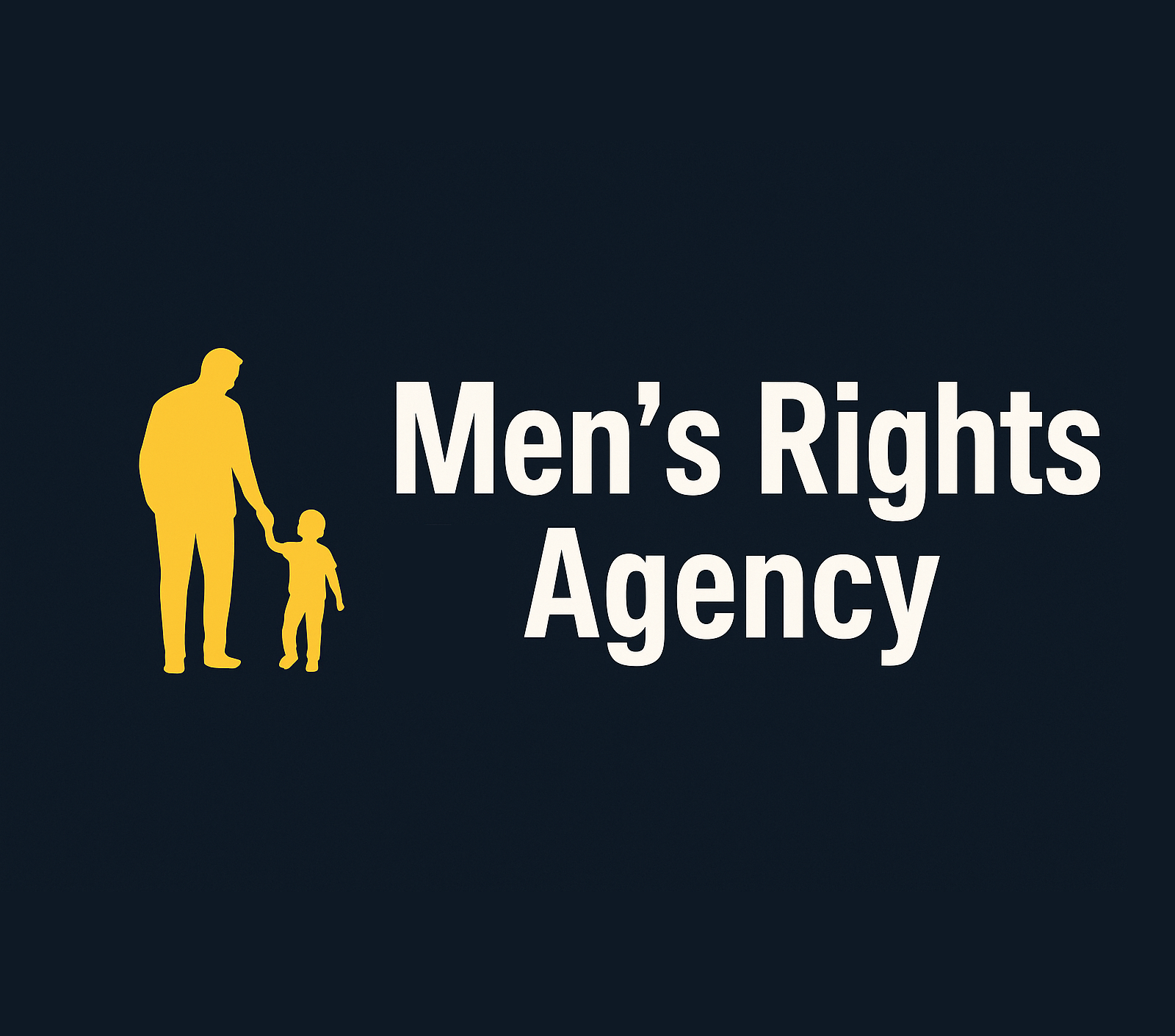-
Robert Franklin……… from his Blog The Word of Damocles
-
-
- a day ago
-
- 4 min read
Now, 50 years later, a new study informs us that, in the U.K., male victims of DV are often ignored, their complaints marginalized and they’re often deemed to be perpetrators by medical personnel, the police and social services agencies. Worse, the widespread ignorance of the reality of female perpetration and male victimization sometimes results in the death of males at the hands of their female partners.
For some reason, the study of 22 Domestic Homicide Reviews, conducted by Katie Hope and Dr. Liz Bates, that does little but reprise what we already know, is called “groundbreaking.” It’s not. That ground has been well and thoroughly plowed. Literally hundreds of studies show women committing as much DV or more than their male partners. Recent data from the Centers for Disease Control show more male victims than female ones. So the fact that Cumbria University is ballyhooing the new study and that Hope pronounced herself “astonished at the level of bias and how little support some men had,” are infuriating to those of us who’ve followed DV and DV policy over the years.
Face it, we know this stuff. Studies are nice, but we don’t need more of them. What we need is public policy that corresponds to the known realities of DV. We need services for female perps and male victims and less anti-male bias. In the U.S. there are about 1,500 DV shelters for women and three for men. In Canada, one man spent a decade unsuccessfully begging the government for funds for a single men’s shelter, the same government that funds 552 shelters for women. It’s still common to hear perpetrators referred to exclusively as males and victims as females. For decades, President Biden has spoken extensively about domestic violence and, to my knowledge, never once mentioned even the possibility of male victims or female perpetrators.
All that is bad enough. It’s bad enough that male victims are ignored, sometimes to be murdered by their female partners and bad enough that the press routinely misrepresents the phenomenon of DV. But the situation is far worse than that. After all, imagine being a woman who knows she’s got anger problems, knows that she assaults her husband and knows that she may someday cause serious damage to him. She wants help, but where does she go to get it? The likelihood is that she’ll be told that her belief that she’s a perpetrator is a delusion occasioned by “the Patriarchy” that somehow renders her unable to discern her own victimization.
Does that help her stop her destructive behavior? Or does it increase her likelihood of winding up in prison, possibly on a murder rap?
And what about the fact that, when violence is reciprocal between partners, U.S. research shows that, in 70% of cases, it’s the woman who hits first and the man who retaliates? Our insistence that a woman can’t be the attacker and her inability to get help mean that we don’t give her the tools to stop her own violence and therefore avoid being injured by her male partner. Thus does public policy on domestic violence makes matters worse for both men and women.
The simple fact is that, for 50 years we’ve clung to an extremist feminist take on DV, i.e., a quack doctor who knows neither the disease nor the patient nor the cure. The idea that we can reduce the incidence of domestic violence while ignoring half the perpetrators and half the victims is absurd on its face. And yet that is the state of public policy.
Plus, the services we do provide are widely spurned by the very people we’re supposed to be helping. Seven years ago, Stats Canada produced data showing that just 19% of people who said they’d been the victims of domestic assault reported the matter to police or other authorities. Our criminalization of every form of DV, no matter how slight, no matter how non-violent, means that, in the huge majority of cases, victims say that involving the police isn’t worth it. They know that, if they do, their partner will be removed from the home and placed under a restraining order, that the kids will lose a parent, probably for months, and that the legal bills will mount. Why deal with all that? In Canada, 81% of DV victims don’t. Of course, if the system offered real help to perpetrators and victims, those victims might be more willing to come forward and, into the bargain, perpetrators could learn to improve their behavior. But no. We can’t do what’s sensible, what’s competent.
Given that, it’s almost as if we don’t want to solve the problem. It’s almost as if we’re content for men to be hurt, and even killed, by the women in their lives. It’s almost as if we’re OK with pretending that women – a.k.a., sugar and spice and everything nice – would never hurt men. It’s almost as if the DV industry would rather open a vein than reduce the incidence of domestic violence that would in turn reduce the massive flow of public money to it. It’s almost as if politicians would rather posture than help solve the problem. Am I cynical? I think not.
Meanwhile, researchers can gain attention by periodically telling us they’re “shocked, shocked” that male victims aren’t getting the services they need.
- Gender
- •
- Law
- •
- News Media


